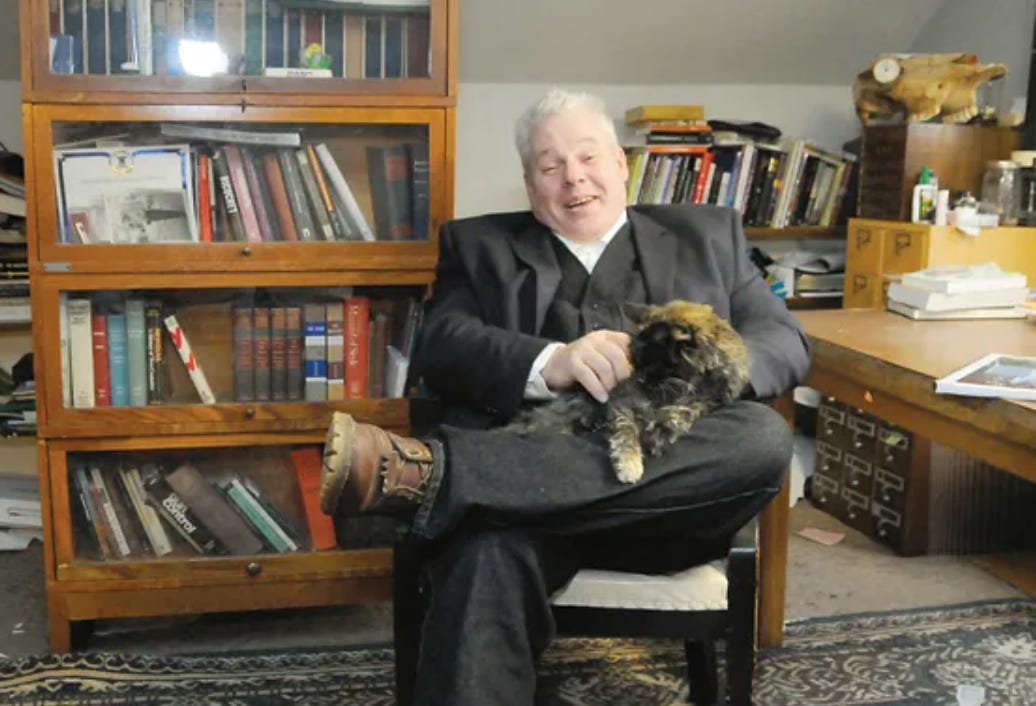"Propaganda is not something to fear; it is a tool, and like any tool, it can be used for good or ill depending on the intentions of those who wield it"
Brian Anse Patrick
"Propaganda is not something to fear; it is a tool, and like any tool, it can be used for good or ill depending on the intentions of those who wield it,"
Brian Anse Patrick
Brian Anse Patrick was born on November 2, 1953, and passed away on December 26, 2016. He was a prominent American scholar, particularly recognized for his research into media, propaganda, and American gun culture. Patrick's work, especially in The Ten Commandments of Propaganda, emphasized that propaganda itself is not inherently good or evil but is a tool that can be used for various purposes depending on the intentions behind it.
In his quote, "Propaganda is not something to fear; it is a tool, and like any tool, it can be used for good or ill depending on the intentions of those who wield it," Patrick highlights his pragmatic approach to propaganda. The meaning behind this quote lies in Patrick’s understanding that propaganda, often demonized or feared, is simply a method of influencing public opinion. Whether used for positive social change or manipulation depends on the motivations of the propagandist.
Patrick’s research is particularly important in his analysis of how movements like the National Rifle Association (NRA) were able to counter negative media portrayals through alternative media channels. He explored how the NRA and other gun rights advocates utilized propaganda to reshape their image, demonstrating that understanding the mechanisms of influence is key to navigating public discourse. By recognizing propaganda as a neutral tool, Patrick urged individuals and movements to become more literate in how information is disseminated and controlled, especially in a media-saturated society.
Patrick’s work serves as a guide for those looking to understand and leverage media more effectively, whether in the context of political activism, marketing, or advocacy. He believed that individuals and grassroots movements could utilize propaganda to challenge dominant narratives and influence public perception on their own terms.


